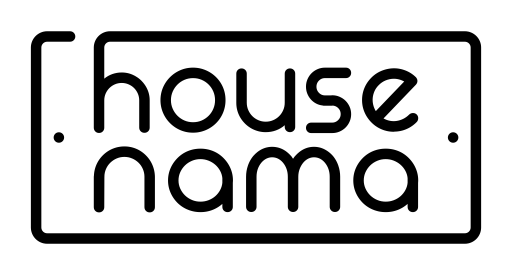Diverse, rich in culture, and ever-so-vibrant, a 70-year-old modern India continues to be aptly dubbed ‘incredible’. While much of our modern achievements are understandably recognised and celebrated, we tend to often overlook and ignore our centuries-old roots that form the very basis of our culture. If we delve in our glorious history, there’ll be a lot to unpack, of course — but we at Engrave are proud to be a maker’s market that is committed to promoting the arts and crafts of Indian artisans. And thus, this Independence Day, we decided to focus on the stunning arts and crafts of our ancestors, and handpicked five of them that are practiced even today!
1. Bidri
Hailing from the lands of Bidar, Karnataka, Bidri is a stunning form of metal handicraft that originated in the 13th Century. Introduced to India by the Bahami Sultans and mastered by the artisans under their rule, Bidri products are primarily made using an amalgam of zinc and copper, while thin sheets of pure silver are often added to enhance their beauty. Although it’s aesthetically appealing by itself, the most beautiful aspect about Bidri actually lies in the fact that there has been no change in the way it’s manufactured and created throughout the ages. Beautiful, isn’t it?

Check our collection of nameplates inspired by Bidri.
2. Dhokra
An ancient folk art native to the lands in the east of India, Dhokra is a form of metal-casting art that is created using the lost-wax technique. Named after the nomadic tribe who mastered the art, Dhokra creations might seem rustic — but there’s no denying that they are absolutely gorgeous. Simplistic and primitive in style, Dhokra’s intricate patterns are rapidly gaining popularity, and the creations are beginning to become an integral part of the home decor market both domestically and abroad.

3. Channapatna
Situated 60 kms away from Bangalore lies Channapatna — a rural area renowned for its lacquer wooden toys. Such is its fame and demand, that Channapatna has fondly been dubbed the toy-town of India. History suggests that Tipu Sultan was a great admirer of wooden toys, and thus, invited artisans from Persia to train the local artisans. Now, Tipu Sultan and the Persians have been long gone, but the art thankfully stuck around, ensuring that the kids around the country enjoy these beautiful wooden creations for centuries to follow.

4. Pattachitra
One of the oldest forms of painting in India, Pattachitra originated in 5th Century BC in what is modern day Odisha. Its name is derived from the Sanskrit words ‘Patta’ — meaning canvas, and ‘Chitra’ — meaning picture. Traditionally speaking, Pattachitra portrays simple yet rich and vivid designs, often revolving around the stories of Hindu deities and mythology. Used largely for paintings and motifs in the past, Pattachitra today has evolved immensely, and is used on silk, palm leaves, cloth, and other similar materials to create magnificent wall hangings, showpieces, and other forms of home decor items.

5. Madhubani
Twigs, brushes, nibs, matchsticks, natural dyes, pigments, and of course, fingers — the fact that the perfect Madhubani painting cannot exist without all these elements is impressive to begin with! Having originated in Maithili, Bihar, Madhubani art was initially drawn on walls by women as a way to express their dreams, but quickly became an integral parts of festivals, occasions, and celebrations in the region. From being drawn on mud walls to begin with, the art has since evolved and can be replicated on cloth, paper, and canvas, and various renditions of the same are appreciated and in demand on the global market too.

Check our collection of nameplates inspired by Madhubani art.

